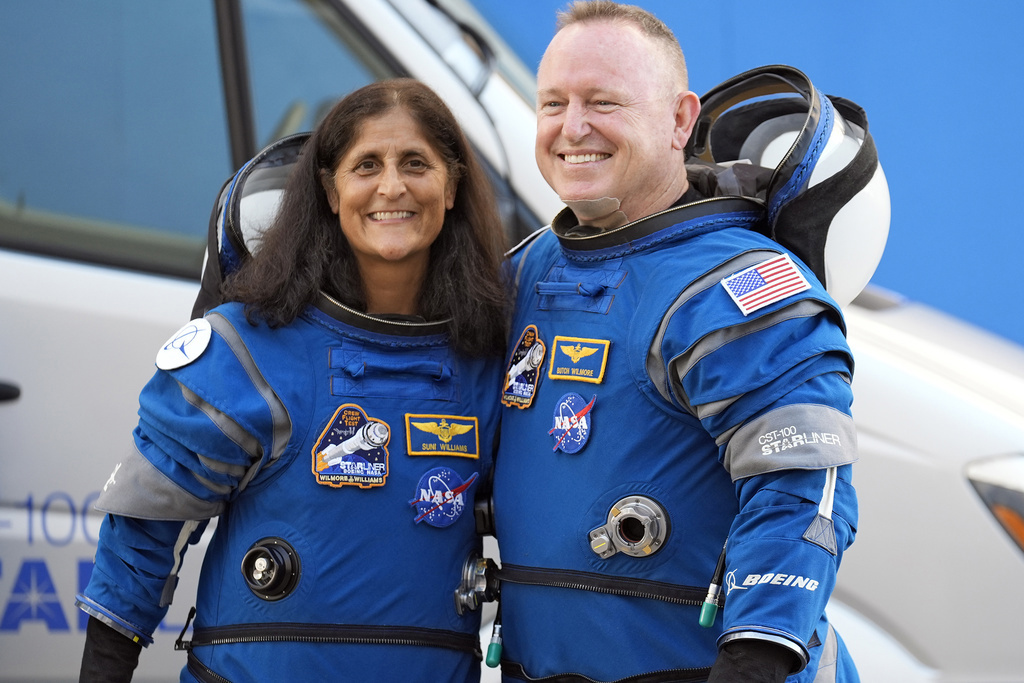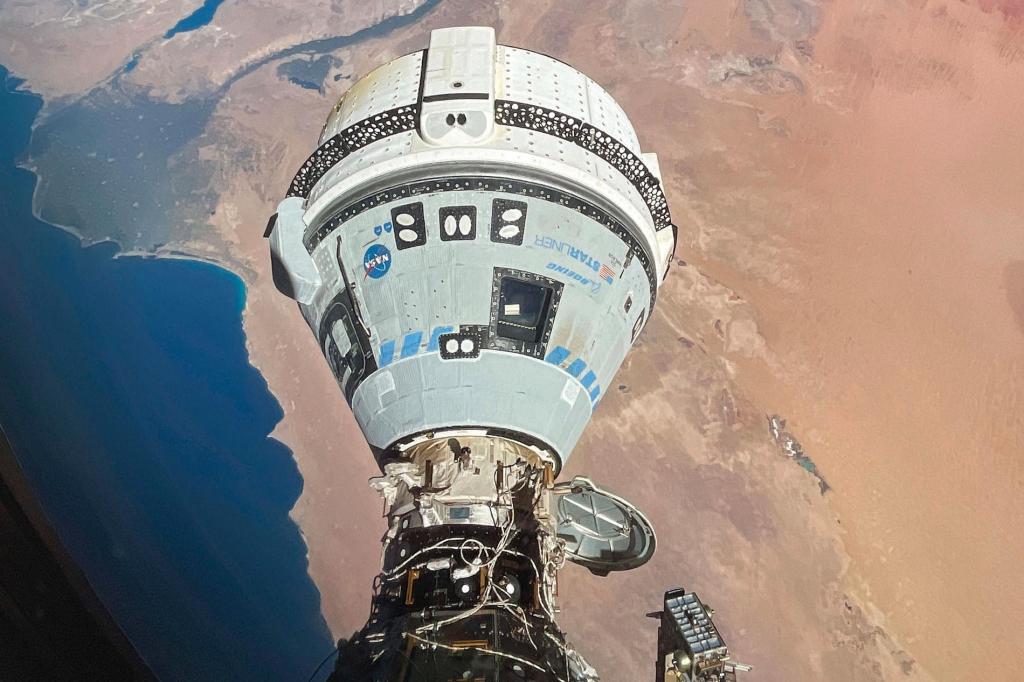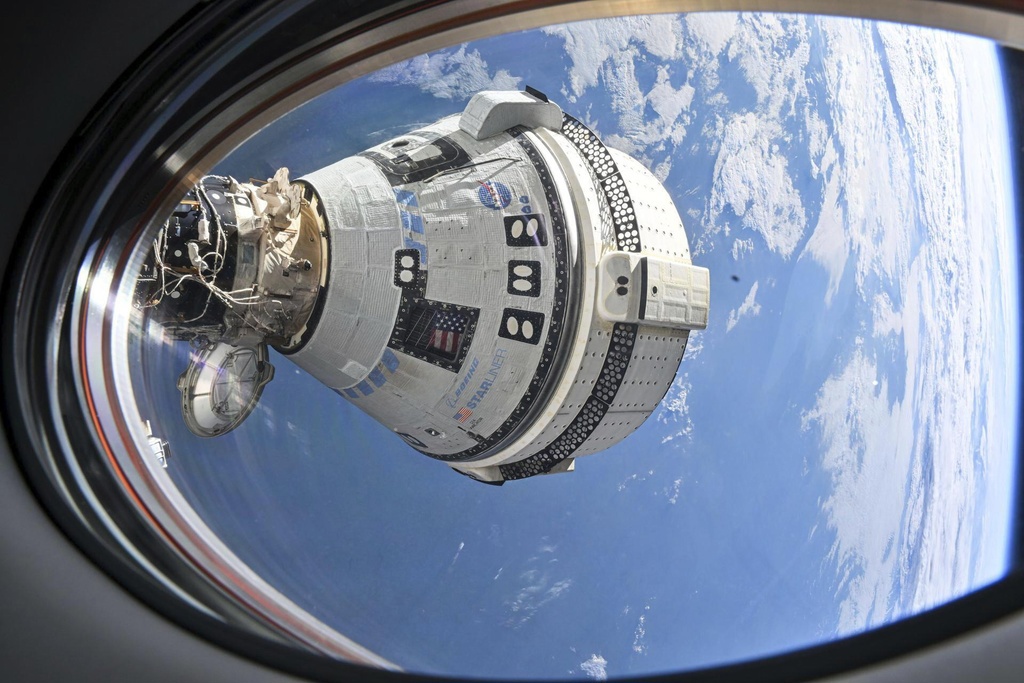NASA's Tough Choices: Astronauts Face Uncertain Return Home
NASA faces critical decisions on safely returning astronauts from the ISS, weighing options between the troubled Starliner and SpaceX's Crew Dragon.

Key Points
- NASA must decide whether to return astronauts Sunita Williams
and
Butch Wilmoreon the troubled
BoeingStarlineror wait for a
SpaceXCrew Dragonflight.
- Technical challenges with the Starliner, including thruster failures and helium leaks, have complicated the mission, raising safety concerns.
- Despite uncertainties, the astronauts are adapting to their extended stay on the ISS, illustrating the resilience and readiness of trained space professionals.
In an extraordinary demonstration of human resilience and adaptability, NASA finds itself at a critical juncture in its mission to safely return two astronauts from the
(ISS). Astronauts Barry "Butch" Wilmore and Sunita "Suni" Williams were initially set to return to Earth after an eight-day mission aboard Boeing's Starliner spacecraft. However, technical challenges have prolonged their stay in space, leading to intense discussions about how to safely bring them home. This situation not only highlights the complexities of space travel but also underscores the inherent risks and decision-making challenges faced by space agencies.
The Starliner mission, which began on June 5, 2024, has encountered significant setbacks. Issues such as thruster failures and helium leaks have raised serious concerns about the spacecraft’s ability to return safely. NASA has outlined two potential paths for the astronauts: either to attempt a return on the Starliner or to wait for a ride back on SpaceX's Crew Dragon spacecraft. Both options carry their own set of risks, leading to careful and deliberative assessments by NASA officials.

As the decision deadline looms, NASA Administrator
has emphasized the importance of thorough analysis before committing to either option. “We have time available before we bring Starliner home and we want to use that time wisely,” he stated during a press briefing. This cautious approach is reminiscent of the agency's painful lessons from the past, particularly the Challenger and Columbia disasters, where haste led to tragic outcomes.
Evaluating the Options
Should NASA decide to send Wilmore and Williams back aboard the Starliner, it would mark a significant milestone for Boeing, whose spacecraft has been beset by delays and difficulties. While Boeing representatives express confidence in the Starliner, some NASA officials remain skeptical, insisting on the need for more assurance regarding the spacecraft's performance during the crucial landing phase.
On the other hand, if NASA opts for the SpaceX Crew Dragon, the astronauts may not return until February 2025. This route poses a logistical challenge, as it entails having Starliner depart empty to make room for the incoming Crew Dragon, which could leave the astronauts without an effective evacuation option for a period. However, the Crew Dragon has established a strong safety record, having successfully transported astronauts multiple times since its first crewed flight in 2020. This fact provides a comforting peace of mind amidst the uncertainty surrounding Starliner.

Adapting to Extended Stay in Space
While the astronauts await their fate, they are making the best of their extended time on the ISS, engaging in scientific experiments and enjoying the unique environment of space. "They will be grateful for the extra time on board the space station,” said Bowersox, highlighting the adaptability of astronauts in the face of uncertainty. Lengthy missions are not entirely out of the ordinary in orbit; NASA has previously conducted missions lasting several months, giving it valuable insights into the psychological and physical adaptations needed for astronauts.
The ability to remain calm and focused under pressure is a hallmark of astronaut training. Joe Acaba, NASA’s chief astronaut, pointed out that human spaceflight inherently involves risks, and the astronauts are prepared for variability in their mission duration. “This mission was a test flight... they knew this mission might not be perfect,” Acaba noted.

Looking Forward
As the clock ticks down toward the decision-making window, NASA is committed to prioritizing the safety of its astronauts above all. The choice between two competing vehicles illustrates the importance of having reliable partners like Boeing and SpaceX in advancing human spaceflight capabilities. These challenges, while daunting, also exemplify the spirit of exploration that drives the agency and its partners forward into the great unknown.
Nevertheless, the current situation serves as a reminder of the unpredictable nature of space missions and the critical importance of rigorous testing and evaluation. With new technology comes new challenges, but the perseverance of the astronauts and the diligence of NASA's teams ensure that human exploration of space continues its vital momentum. Ultimately, this challenging chapter will contribute invaluable lessons that will shape the future of space travel.